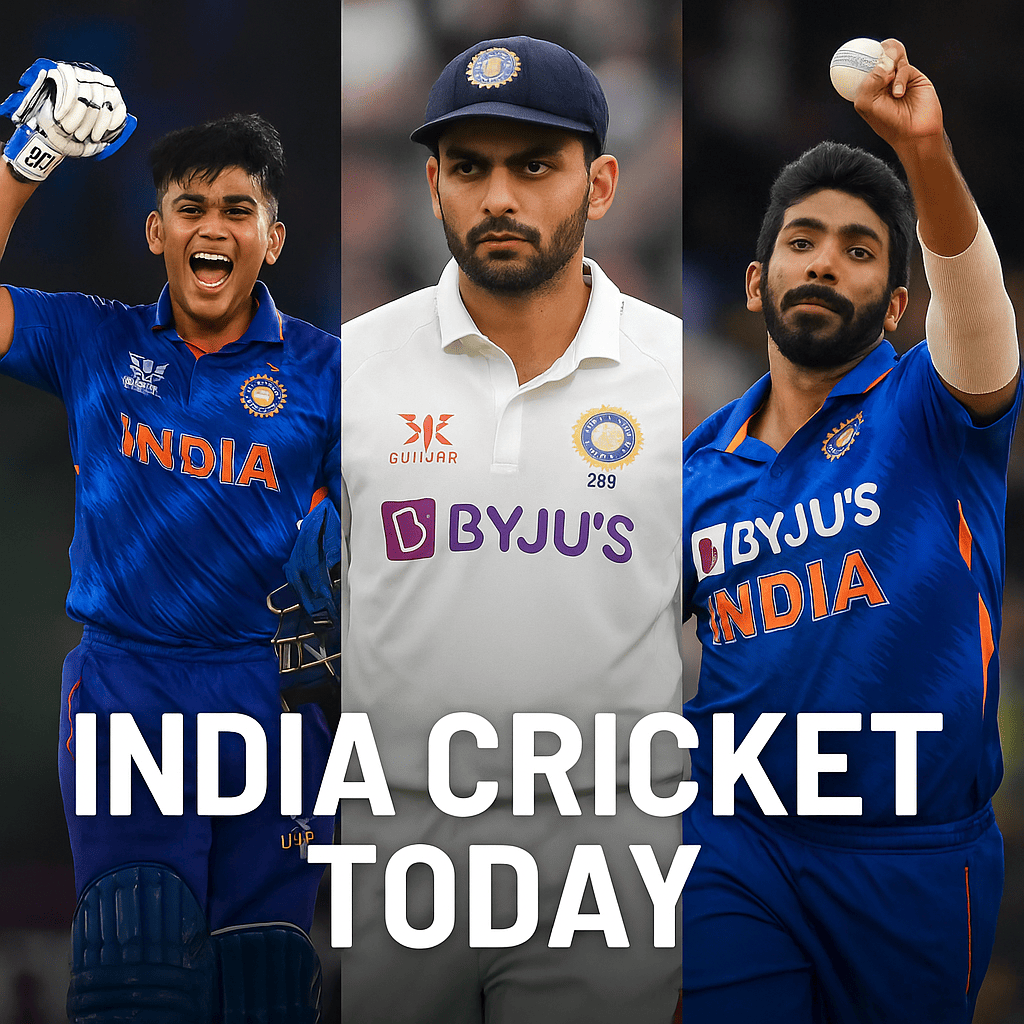India Chess Spotlight

India’s chess landscape is witnessing a seismic shift, fueled by landmark achievements and generational change. Today, R Praggnanandhaa soared to the pinnacle of Indian chess, clinching the UzChess Cup Masters in Tashkent after defeating Nodirbek Abdusattorov in the final. This victory not only earned him India’s No. 1 live ranking with an Elo of 2778.3—surpassing both Gukesh and Arjun—but also positioned him as the world No. 4, cementing his rise.
Beyond the trophy, Praggnanandhaa’s success symbolizes the broader ascendancy of India on the global chess stage, echoing younger victories like Gukesh’s recent blitz win over Magnus Carlsen and Team MGD1’s gold medal at the FIDE World Rapid Team Championships.
Parallel to senior glory, a nine-year-old prodigy—Aarit Kapil from Delhi—held Carlsen to a draw in an online blitz, captivating global chess enthusiasts and drawing praise for his composure under pressure. Such feats signal an expanding talent pool at even younger ages, suggesting a long-term pipeline of world-class contenders.
India’s chess boom isn’t limited to the board. The All India Chess Federation (AICF) has initiated its Top National Players Stipend Scheme, disbursing over ₹42 lakh to support youth talent, ensuring resources for travel, training, and tournament participation.
Concurrently, the WestBridge-Anand Chess Academy (WACA) continues to produce champions—Gukesh, Praggnanandhaa, Vaishali Rameshbabu—blending elite coaching, psychology, and performance science to revolutionize chess development in India.
These institutional efforts are reinforcing grassroots progress seen across the country. From the Delhi International Open—where young Indians defeated titled GMs—to the upcoming summer circuit of Grandmaster Opens in Mumbai, Kerala, and beyond—India is solidifying its reputation as a global chess hub.
National dominance: For the first time, India holds four of the world’s top ten live rated players (Praggnanandhaa, Gukesh, Arjun, Vaishali).
Next-gen stars: Kids like Aarit Kapil demonstrate depth at lightning ages, promising a future beyond today’s elite.
Infra evolution: Major funding schemes and academies are turning dreams into sustainable careers.
Global footprint: India’s rise isn’t ephemeral—it’s rooted in tournaments at home and abroad.










